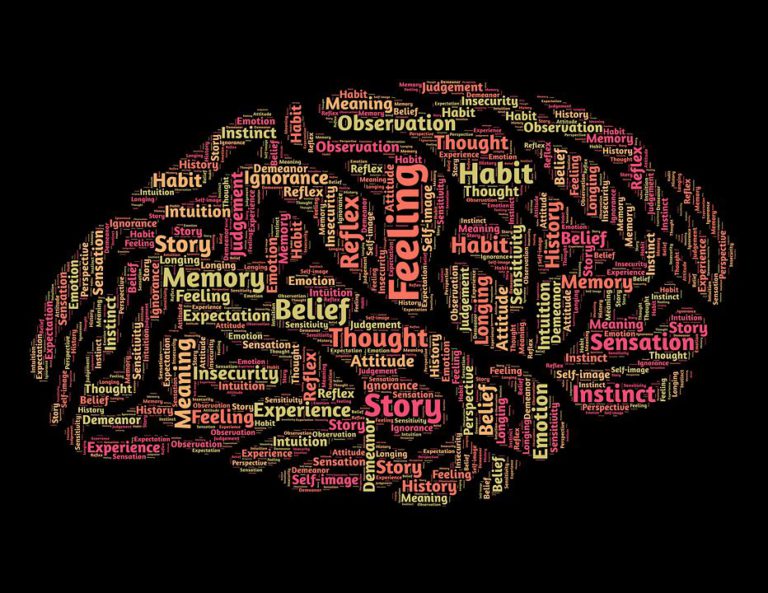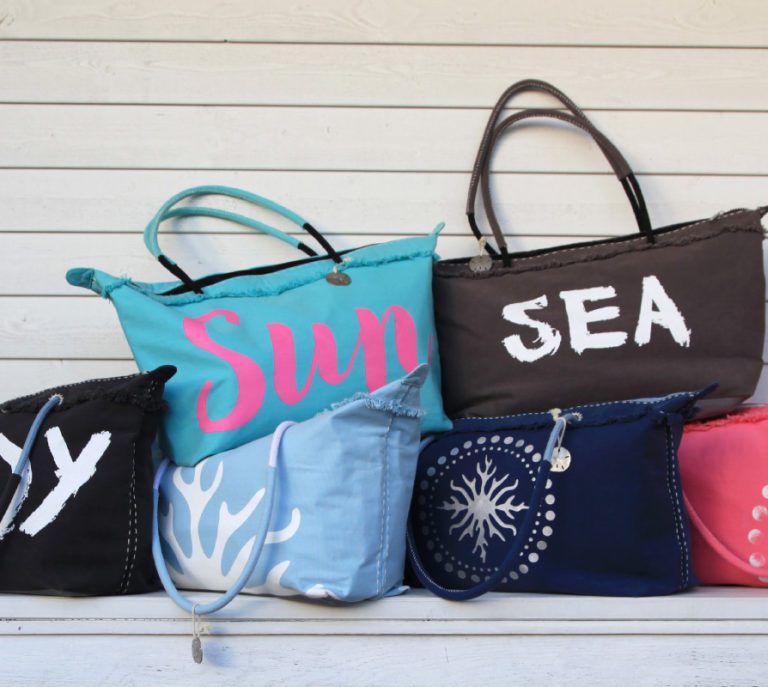The Four Key Influencers of Consumer Behaviour
The most successful businesses are able to design their products and services around their customer’s needs and pain points. Doing this means having a strong understanding of what makes their target market tick. Ultimately, they are always reflecting and asking themselves, why would people buy from them and not someone else?
Understanding your target market and how to stand out amongst the competition is as much about understanding consumer psychology as it is about being able to create brilliant marketing assets, from your brand logo to your social media strategy.
If you don’t understand your customer’s motivations then you cannot be an effective marketer.
Consumer psychologists have come up with their own findings on how consumers make purchases. Their research has honed in on several factors involved in purchasing decisions, many of them subconscious processes. By understanding this intriguing psychological process, brand marketers can become better at what they do.Here’s the framework broken down by its four key influencers on consumer behaviour.
Psychological
Psychological factors are extremely personal, and out of the four, they’re the hardest to pinpoint because they’re rooted in the subconscious: Motivation is what pushes people to take actions in order to fulfill their needs. In the case of consumers, it’s motivation that compels them to buy, and the best marketing campaigns can spark this. There are two kinds of needs: primary, referring to the need for necessities such as food and clothing and secondary, which includes the need for independence, status and community.
Perception refers to how we see the world, which varies from person to person. We take in information through our senses, and our brain layers its own interpretation onto this, which affects our decision-making. Selective attention is an interesting case where consumers focus only on products that address their needs while not noticing everything else.
Beliefs are drawn from perception, with consumers having different attitudes towards a product based on how much it aligns with their own beliefs and values. If your product fails to resonate, then you won’t make a sale. On the other hand, you can always tweak your branding to match your target market’s beliefs.
Learning before purchasing has become more prominent than ever, given the rise of technology and the greater access to diverse products. An average consumer will research on your product, either through looking it up online or directly asking others. Consumers have more choices than ever, and they’re intent on finding the best for the most convenient prices.
Personal
To better predict behaviour, marketers group their target consumers into different demographics based on personal factors. Although easier to deduce from the outside, these can change depending on an individual’s circumstances.
Age and life stage are always considered, ranking as the most important out of the personal factors. Children require specific types of products such as toys, school materials, and smaller-sized clothes, while teenagers and senior citizens would buy something completely different altogether.
Personality is a huge influence on what a consumer buys. Especially for industries such as fashion, art, and food, your likes, dislikes, and preferences dictate which product you’ll end up choosing when they all have the same functionality.
Lifestyle shows up in what you do and how you express yourself in your day-to-day, encompassing interests, activities, and opinions. Consumers with a healthy lifestyle are likely to go for gym memberships and supplements, while those who are often busy with their work seek out convenient products such as on-the-go food and planners. This is especially important when planning what to put in your promotional swag bag at your next product launch event.
Occupation and economic situation are two other subfactors. Some brand marketing is aimed directly at specific occupations, such as specialist cameras for professional photographers and business suits for corporate executives. This is related to a consumer’s economic situation, which is usually determined by income. The higher a person’s income, the greater the inclination to buy more expensive products.
Social
As human beings, we’ve always been social animals, living within communities at first then larger societies. While growing up, we acquire our identity through the process of socialisation, and we tend to look to other people in terms of behaviour, including for making purchases.
Reference groups are people that significantly affect our behaviour in some way, ranging from friends and family to the wider sphere of neighbours, classmates, colleagues, or even communities with the same interests, whether offline or online. For promotional products that are very visible, such as clothes, bags and gadgets, reference groups can be very impactful. The group often has an opinion leader who starts trends. This forms the basis of influencer marketing, where the opinion leader promotes a product, which boosts its popularity.
Role and status are based on our place within society. Our status describes what part we’re currently playing—for example, being a business owner, parent, or subscriber, depending on the context. Related to this is our role, which is based on the activities that come with our status. One role of a business owner may be managing employees; for a parent, it would be providing for their children. If you can identify your target audience’s roles and status, you can create products or services that help them portray these.
Cultural
Culture is defined as the way of life, beliefs, and norms shared by a group of people. Groups here are often large, even spanning countries, and one becomes part of a culture through exposure to its members, in particular through the family.
Subcultures are formed within a larger culture. While those within a subculture have much in common with the main group, they’re also differentiated by a set of beliefs that aren’t possessed by most others in that culture. Subcultures can revolve around religions, geographic religions, nationalities, and even common lifestyles and interests. It’s important for businesses to be aware of the subcultures of their consumers and to segment their marketing accordingly.
Social classes are present in every society, and all members can be categorised according to these. While it varies for each society, the usual basic divisions are upper class, middle class, and lower class. Income, education, occupation, and other variables combine to determine one’s social class, which can change throughout a person’s life. Those within the same social class have a lot of similarities that can be leveraged by brands. Consumers with a higher social class might be more status-conscious and purchase products that reflect these. On the other hand, those in the middle and lower classes would be more interested in essentials and necessities.
Whilst a lot of this might sound academic, developing a working understanding (or at the least an appreciation) of these decision making factors will allow you to get a deeper understanding of your target market and allow you to differentiate yourself and your products from other brand’s. Knowledge is power as they say!








